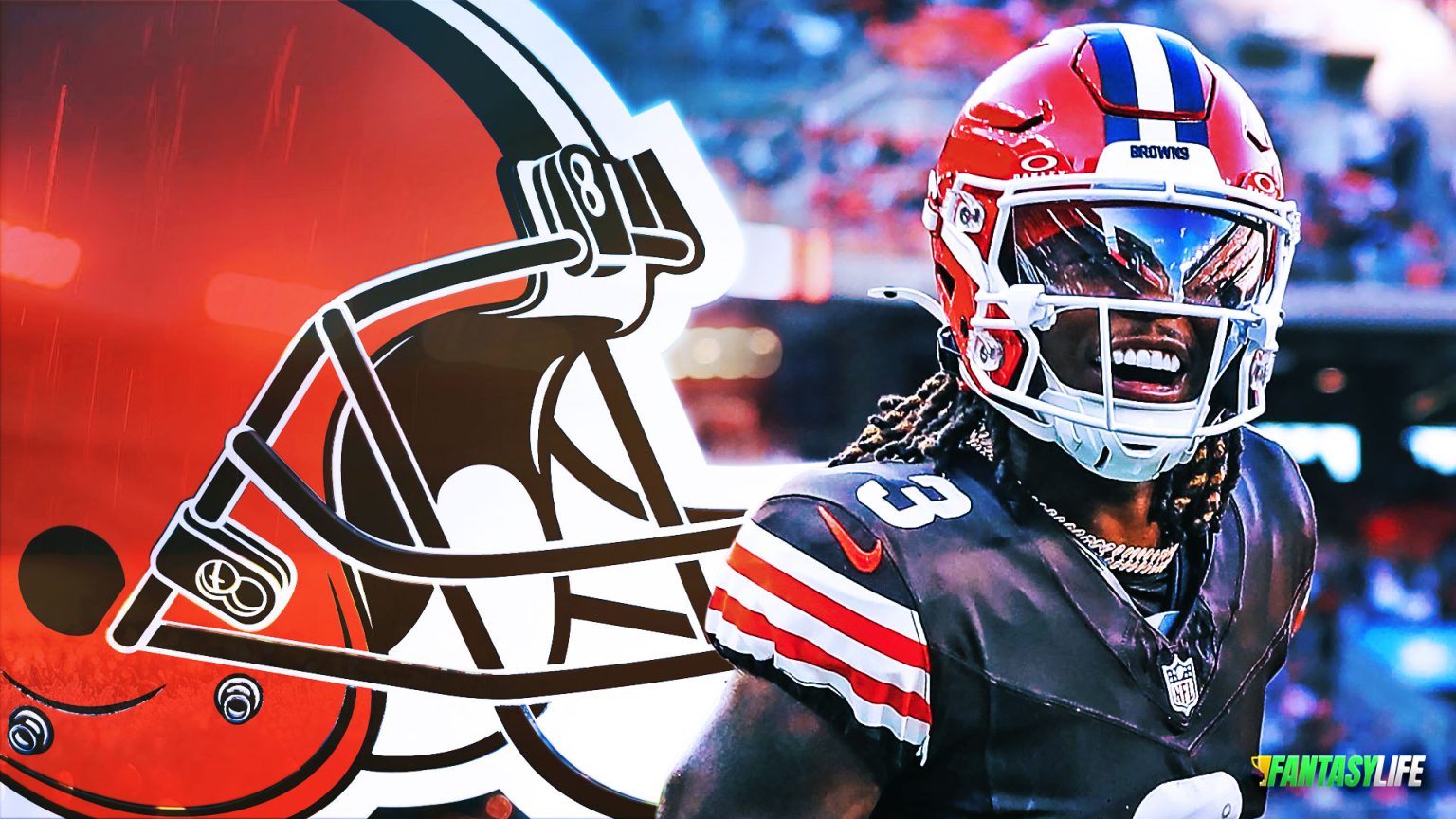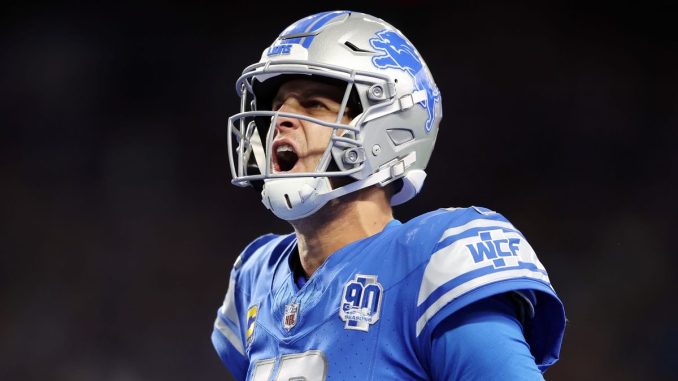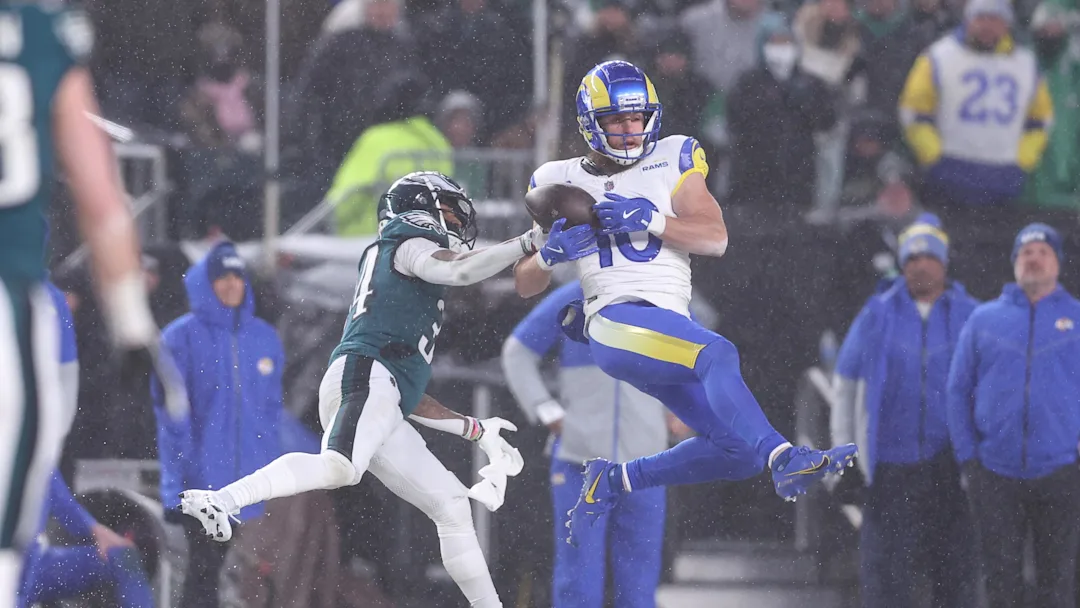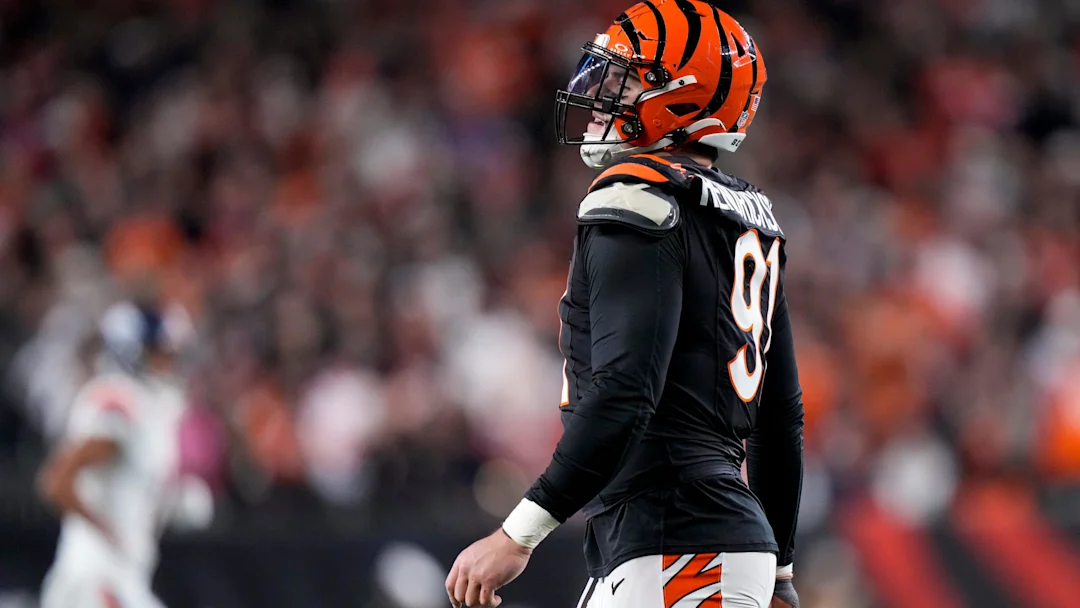Throughout their time in the NFL, the Cleveland Browns have earned a reputation as one of the league’s least stable franchises. Despite being one of the league’s oldest and most storied teams, with a deep-rooted fan base and a rich football tradition dating back to the AAFC in the 1940s, the Browns have consistently struggled to establish long-term success. The franchise’s instability can be attributed to a wide range of factors—from ownership changes, front-office dysfunction, and coaching carousel, to poor draft choices, quarterback turmoil, and an overall lack of direction that has plagued the team for decades.
The Browns were once a powerhouse. Under the legendary Paul Brown, the team dominated both the AAFC and the early years of the NFL. With multiple championships and a slew of Hall of Fame players, Cleveland was a model franchise in the league’s formative years. But that golden age has long faded. Since the NFL-AFL merger and especially after the 1990s, the Browns have become synonymous with inconsistency, rebuilding years, and untapped potential.
A defining moment of this instability came in 1995, when then-owner Art Modell controversially moved the team to Baltimore, where they became the Ravens. That decision not only enraged Cleveland’s fiercely loyal fan base but also symbolized the loss of organizational identity. Though the Browns were reactivated in 1999 as an expansion team, the relaunch never fully recaptured the structure, personnel, or stability of the original franchise. The new Browns were saddled with an expansion-level roster and rushed back into competition, beginning a two-decade stretch that was filled with losing seasons and front-office turnover.
The Browns’ dysfunction has been most visible in their quarterback situation. Since 1999, the team has started more than 30 different quarterbacks, a statistic that underscores their inability to develop or even identify a long-term leader under center. From Tim Couch to Brady Quinn, Johnny Manziel, and more recently Baker Mayfield, the carousel of QBs has not only hindered the team’s progress but has also reflected deeper organizational issues, including poor drafting, lack of patience with player development, and an absence of coherent offensive schemes. Quarterback instability often mirrors front-office dysfunction, and for the Browns, the two have gone hand in hand.
Ownership changes have also contributed heavily to the Browns’ lack of stability. After the team was brought back in 1999, ownership passed through multiple hands, most notably landing with Randy Lerner and later Jimmy Haslam. Haslam’s tenure, in particular, has been marked by impulsive decisions, frequent staff firings, and an apparent lack of football acumen. Since he purchased the team in 2012, the Browns have had multiple head coaches, general managers, and presidents. Such turnover prevents any long-term vision from taking root and creates a culture of fear and reaction rather than stability and growth.
The coaching situation has been equally turbulent. The Browns’ sideline has seen an assembly line of head coaches, most of whom lasted fewer than two seasons. From Pat Shurmur and Rob Chudzinski to Hue Jackson—who infamously posted a 1-31 record over two years—the team has never been able to identify and stick with a leader capable of building a lasting culture. Kevin Stefanski, hired in 2020, brought a rare glimpse of stability with a playoff berth in his first season, but even his tenure has been under constant scrutiny due to inconsistencies in performance and ongoing personnel changes. This coaching instability trickles down to the players and inhibits continuity in playbooks, relationships, and team identity.
One cannot overlook the Browns’ historically poor draft performance, which is both a symptom and a cause of instability. The NFL Draft is the primary method through which teams build a competitive foundation, and the Browns have whiffed on too many first-round picks over the years. Players like Courtney Brown, Justin Gilbert, Trent Richardson, and Johnny Manziel were top picks expected to become franchise cornerstones but ended up as costly misfires. While all franchises make mistakes in the draft, the Browns’ consistent failure to hit on high picks left the team perpetually rebuilding without a true core.
Moreover, the culture inside the building has rarely been described as strong or positive. Former players and staff have spoken of toxic environments, power struggles between coaches and front office personnel, and a lack of accountability. This toxic culture leads to dysfunction on the field and fuels the revolving door of staff and players. In the NFL, talent alone doesn’t win games; culture, leadership, and alignment from the top down are crucial. The Browns have often lacked that cohesion.
However, there have been brief moments of promise. The 2007 season, under Derek Anderson and head coach Romeo Crennel, gave fans hope with a 10-6 record, although the team narrowly missed the playoffs. Then, the 2020 season under Stefanski was a revelation. The Browns not only posted an 11-5 record but also defeated the rival Pittsburgh Steelers in the playoffs, their first postseason victory since 1994. That season felt like a turning point, a sign that the franchise had finally started to move past its dysfunction.
Yet even with that success, consistency has remained elusive. The following seasons saw regression, with Baker Mayfield’s injury and eventual departure, internal friction, and questionable decisions—most notably the controversial trade for Deshaun Watson despite his off-field legal issues. That decision drew heavy criticism and cast a shadow over the team’s renewed progress, once again underscoring the Browns’ penchant for controversial and high-risk decisions that disrupt continuity.
What makes the Browns’ instability even more frustrating is the unwavering loyalty of their fan base. Cleveland fans are among the most passionate and dedicated in the NFL, regularly packing FirstEnergy Stadium regardless of the team’s record. The city breathes football, and its hunger for a winner remains unmatched. That loyalty, however, has not been rewarded nearly enough. While other franchises have enjoyed at least fleeting moments of success, Browns fans have endured some of the longest playoff droughts, the most losing seasons, and the fewest reasons for long-term optimism.
Despite everything, the Browns are still a franchise with potential. They have a solid defense anchored by stars like Myles Garrett, who has become one of the league’s elite defensive players. Their offensive line, when healthy, ranks among the best in the league. They have playmakers like Nick Chubb and Amari Cooper. And they have a head coach in Stefanski who has shown he can lead the team to success when given time and structure. But to turn potential into sustained excellence, the franchise must commit to long-term vision, stability in leadership, and a consistent culture of accountability and excellence.
In the broader context of the NFL, the Browns serve as a cautionary tale of how not to run a football franchise. Their story isn’t just one of bad luck—it’s a reflection of decades of mismanagement, poor decision-making, and a lack of alignment between ownership, front office, coaching staff, and players. For the Browns to shed their reputation as one of the league’s least stable franchises, they must do more than win a few games—they must fundamentally change how they operate as an organization.
To do that, the Browns need to commit to long-term planning, empower football minds with clear authority, and resist the urge to chase quick fixes. They must foster a culture that prioritizes development, internal growth, and player leadership. Perhaps most importantly, they need to regain the trust of their fan base by showing that the franchise is no longer the league’s punchline but a rising power with a clear identity.
The Cleveland Browns’ legacy is not beyond repair. Their storied history, loyal supporters, and recent flashes of success show that there is a foundation to build upon. But to finally escape the cycle of instability that has defined them for decades, the Browns must transform from within and commit to being more than just a symbol of what went wrong in the NFL. Only then can Cleveland return to the football prominence it once enjoyed—and still deserves.



